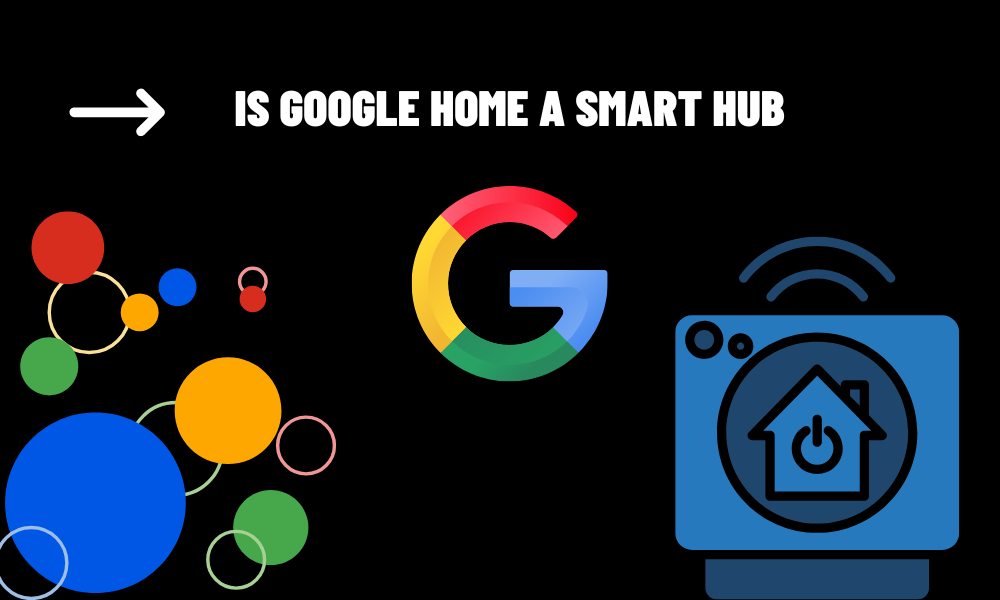Thinking of using Google Home as your smart home hub? Learn how it works, what it supports, and whether it can replace a traditional smart hub in your setup.
Introduction
If you’re planning a smart home setup, choosing the right hub is a critical first step. Devices like Amazon Echo, Apple HomePod, and Google Home are popular choices—but they’re often misunderstood. So, is Google Home a smart hub, or just a voice assistant? Can it actually replace a dedicated smart home controller?
In this guide, we’ll explain how Google Home fits into your smart home network, what technologies it supports, and whether it’s powerful enough for your automation needs.
Google Home: Voice Assistant or Smart Hub?
At its core, Google Home is a smart speaker powered by Google Assistant. It lets you play music, answer questions, and control smart devices using your voice. But that’s just the surface.
When connected to the Google Home app, it can:
Discover and control a wide range of compatible smart home devices.
Execute routines—automated sequences that trigger multiple devices or actions at once.
Act as a central controller for lights, thermostats, cameras, locks, and more.
In these roles, Google Home performs hub-like functions—but there’s nuance to its limitations.

How Google Home Controls Your Devices
Most smart home devices compatible with Google Home use Wi-Fi or cloud APIs. That means your commands (via voice or app) are sent to the cloud, then relayed back to the device. This approach works well, but depends heavily on internet connectivity.
However, with the rollout of Matter and Thread, newer Nest devices are taking on more advanced hub roles:
Nest Hub (2nd Gen) and Nest Hub Max support Matter, the new universal smart home protocol.
These devices also include Thread radios, enabling local, low-latency communication with Thread-enabled accessories (like smart locks or motion sensors).
This means Google Home is now becoming more of a local smart home hub, reducing reliance on cloud services for supported devices.
Benefits of Using Google Home as a Hub
Unified ecosystem: You can control all your smart devices from one app (Google Home), or with simple voice commands.
Matter support: Ensures compatibility with future smart home devices across brands.
Routine automation: Automate daily actions (e.g. “Good Morning” turns on lights, gives weather update, and starts music).
Easy setup: Most users find it more intuitive than more technical platforms like Hubitat or Home Assistant.
Drawbacks and Considerations
No support for Zigbee or Z-Wave: These protocols, used by many smart devices, are not natively supported without a bridge or external hub.
Limited offline functionality: Google Home relies heavily on cloud processing, though this is improving with Matter and Thread.
Less customization for advanced users: Enthusiasts who want detailed automations or scripting may find Google Home too limited.
When to Use Google Home as Your Hub
If your smart home is relatively simple, or built around Wi-Fi and Matter-compatible devices, Google Home is likely enough. It provides voice control, centralized management, and automation without the steep learning curve of dedicated hubs.
However, if your setup involves Zigbee locks, complex sensor-based routines, or deep local control, consider pairing Google Home with a more robust hub like SmartThings, Hubitat, or Home Assistant.
Conclusion
So, is Google Home a smart hub? For the average homeowner—yes, it is. It functions as a control center for smart devices, supports automation, and now integrates Matter and Thread to expand its local capabilities.
While it may not fully replace high-end hubs for complex setups, Google Home strikes a balance between simplicity and functionality, making it an excellent starting point (and in many cases, the only hub you’ll need) for a modern smart home.















